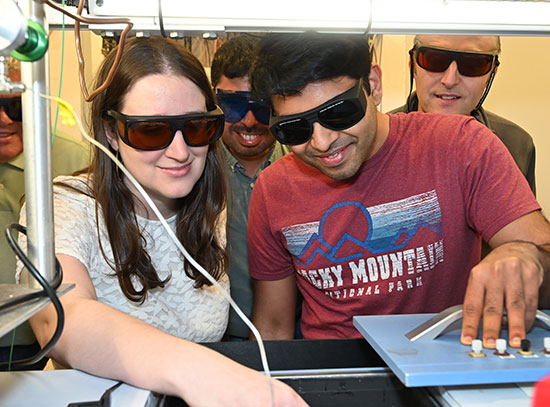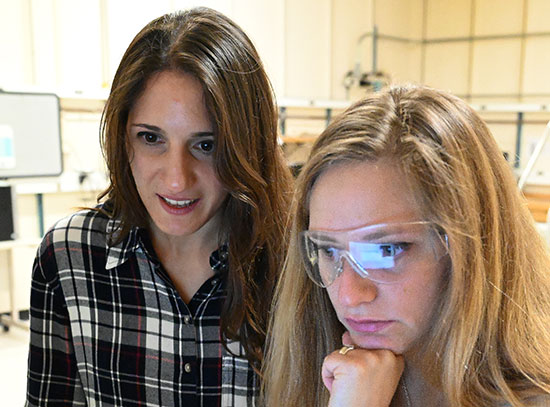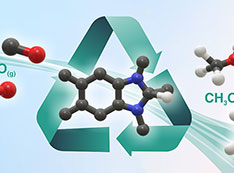- Home
-
Research Groups
Division Groups
- Artificial Photosynthesis
- Catalysis: Reactivity & Structure
- Electrochemical Energy Storage
- Electron- and Photo-Induced Processes for Molecular Energy Conversion
- Neutrino and Nuclear Chemistry
- Surface Electrochemistry and Electrocatalysis
Associated Groups
- Catalysis for Alternative Fuels Production
- Nanostructured Interfaces for Catalysis
- Structure and Dynamics of Applied Nanomaterials
- People
- Operations
- News
- Events

Artificial Photosynthesis
The Artificial Photosynthesis group is a close collaboration involving five principal investigators whose expertise covers various aspects of chemical science and who pursue the common goal of advancing fundamental knowledge of processes leading to efficient conversion of sunlight to viable chemical fuels. We design and study chemical systems whose reactivity is inspired by natural photosynthesis, in which green plants convert sunlight, water and carbon dioxide into oxygen and carbohydrates. The research efforts of the AP group are mainly funded by the U.S. Department of Energy Office of Science.
Our research efforts focus on designing and characterizing molecular and inorganic components that carry out the various functions of natural Photosystems I and II: (a) light absorption and charge separation by band-gap narrowed semiconductors (BGNSCs) and transition metal complexes as chromophores, (b) the water oxidation half-reaction to produce protons and electrons using molecular catalysts and metal oxides, (c) the transport of protons and electrons, and (d) reduction half-reactions that convert these protons and/or carbon dioxide into fuels using molecular catalysts and all-inorganic catalysts, with the ultimate goal of integrating these components into artificial systems that convert sunlight into fuels. These components and their relationship to PS I and PS II are shown schematically in the diagram below
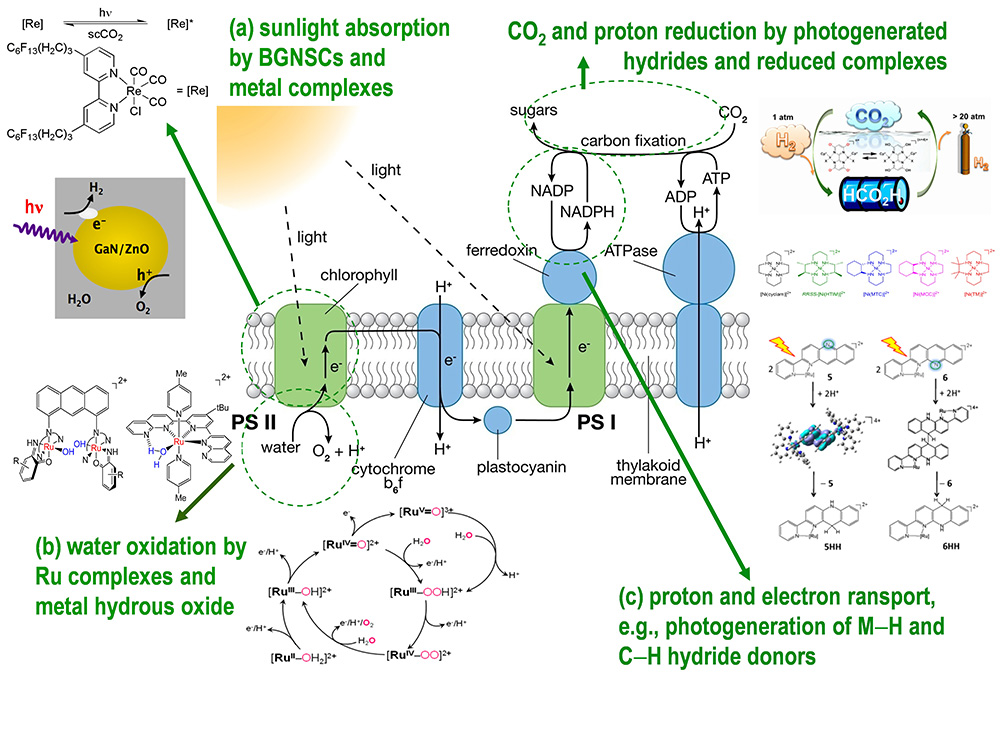




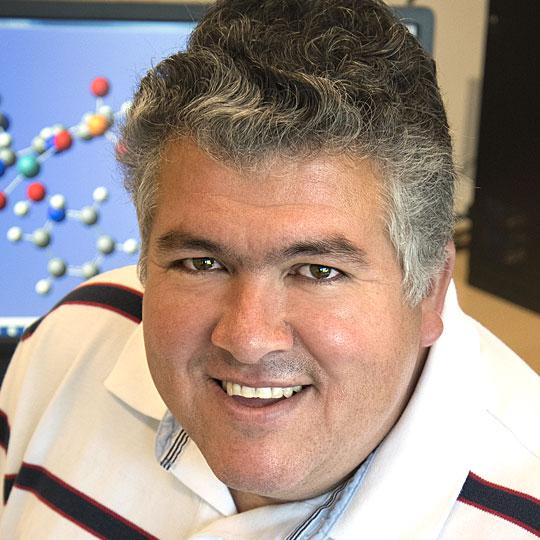
 solarhub.unc.edu
solarhub.unc.edu
